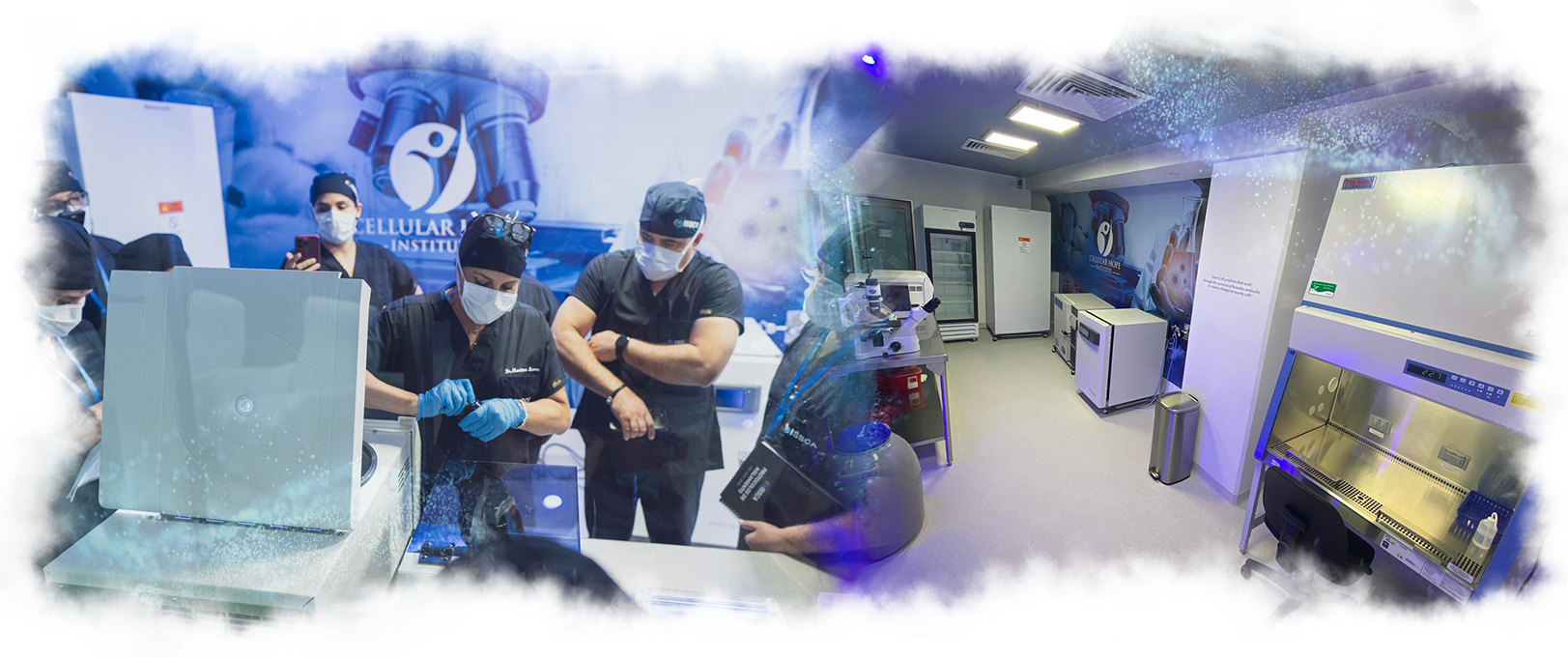

Learn About the Science
In order to understand how stem cells will be used to treat you, you must first understand the basic foundation of regenerative medicine.
Regenerative medicine is one of the newest fields of medicine in existence, which integrates various fields of medicine, including cell biology, tissue engineering, gene therapy, and exosomes therapy, and many others. The main concept of the practice roots itself in a stem cell’s ability to repair, replace, or stimulate the regeneration of damaged cells within your body. Stimulating and enhancing these natural functions is the cornerstone of regenerative medicine, and how we aim to restore functionality to damaged tissues.
In order to understand how stem cells will be used to treat you, you must first understand the basic foundation of regenerative medicine.
Regenerative medicine is one of the newest fields of medicine in existence, which integrates various fields of medicine, including cell biology, tissue engineering, gene therapy, and exosomes therapy, and many others. The main concept of the practice roots itself in a stem cell’s ability to repair, replace, or stimulate the regeneration of damaged cells within your body. Stimulating and enhancing these natural functions is the cornerstone of regenerative medicine, and how we aim to restore functionality to damaged tissues.
How Are Stem Cells Obtained?
The Stem Cells that will help comprise your treatment can be obtained from a variety of tissues including fatty tissue, bone marrow, umbilical cord cells and/or blood, dental pulp, and others. Cells derived from adipose (fat), bone marrow, and umbilical cord tissues have unique advantages:
- Easy to Obtain, Largely Painless to Administer.
- No Risk of Immune System Rejection.
- Immediate Availability.
- Minimal Risk of Complications, Infections, and Disability.
Stem Cells perform their work through the secretion of bioactive molecules. Dr. Arnold Caplan, a pioneer in the research of mesenchymal stem cells and the adjudicator of the name MSC, proposed to rename these cells Medicinal Signalling Cells, for its acronym in English, because the most important function of the cells is, indeed, what they secrete.
How Are Stem Cells Obtained?
The Stem Cells that will help comprise your treatment can be obtained from a variety of tissues including fatty tissue, bone marrow, umbilical cord cells and/or blood, dental pulp, and others. Cells derived from adipose (fat), bone marrow, and umbilical cord tissues have unique advantages:
- Easy to Obtain, Largely Painless to Administer.
- No Risk of Immune System Rejection.
- Immediate Availability.
- Minimal Risk of Complications, Infections, and Disability.
Stem Cells perform their work through the secretion of bioactive molecules. Dr. Arnold Caplan, a pioneer in the research of mesenchymal stem cells and the adjudicator of the name MSC, proposed to rename these cells Medicinal Signalling Cells, for its acronym in English, because the most important function of the cells is, indeed, what they secrete.
What Makes a Mesenchymal Cell (MSC)
One of the main functions of MSCs is to maintain cell balance, and also to replace cells that have become sick or are dying through apoptosis. Additionally, under pathological conditions, this cell has the potential to regenerate damaged tissue.
Additionally, MSCs can generate many types of specialized cells. Being multipoint, they can differentiate into a subset of cell types including bone, cartilage, adipose tissue, muscle, and endothelial cells, among others. Additionally, MSCs both synthesize and secrete a set of growth factors that stimulate the patient’s own cells, promoting their expansion or proliferation, among other functions. What’s more, they also have the ability to migrate to affected areas, due to the inflammatory signals that are released in certain pathological conditions. (Homming)
MSCs have strong anti-inflammatory and immunomodulatory properties– this means that the cells can both regulate the immune system and reduce inflammation, assisting in the treatment of autoimmune and inflammatory conditions.
They also secrete a large amount of cytokines, chemokines, and trophic (growth) factors, which stimulate the endogenous MSCs for differentiation, spreading, and replication throughout the body.
Stem Cells can come from a variety of sources including (and primarily) fatty tissue, bone marrow, umbilical cord cells, umbilical cord blood, and dental pulp. In cellular therapies, these stem cells are expanded and cultured in a laboratory setting, which leads to a higher cell count and increased efficacy. Once these cells are ready, they can be reintroduced to the patient through a variety of different routes, depending on the patient’s condition.
What Makes a Mesenchymal Cell (MSC)
One of the main functions of MSCs is to maintain cell balance, and also to replace cells that have become sick or are dying through apoptosis. Additionally, under pathological conditions, this cell has the potential to regenerate damaged tissue.
Additionally, MSCs can generate many types of specialized cells. Being multipoint, they can differentiate into a subset of cell types including bone, cartilage, adipose tissue, muscle, and endothelial cells, among others. Additionally, MSCs both synthesize and secrete a set of growth factors that stimulate the patient’s own cells, promoting their expansion or proliferation, among other functions. What’s more, they also have the ability to migrate to affected areas, due to the inflammatory signals that are released in certain pathological conditions. (Homming)
MSCs have strong anti-inflammatory and immunomodulatory properties– this means that the cells can both regulate the immune system and reduce inflammation, assisting in the treatment of autoimmune and inflammatory conditions.
They also secrete a large amount of cytokines, chemokines, and trophic (growth) factors, which stimulate the endogenous MSCs for differentiation, spreading, and replication throughout the body.
Stem Cells can come from a variety of sources including (and primarily) fatty tissue, bone marrow, umbilical cord cells, umbilical cord blood, and dental pulp. In cellular therapies, these stem cells are expanded and cultured in a laboratory setting, which leads to a higher cell count and increased efficacy. Once these cells are ready, they can be reintroduced to the patient through a variety of different routes, depending on the patient’s condition.
What are the different administration methods we use in our Institute?
What are the different administration methods we use in our Institute?
Meets Strict cGTP Guidelines
All of our procedures follow the strict cGTP guidelines that regulate the methods, facilities, and controls used for the manufacture of HCT/Ps (defined as: articles containing or consisting of human cells or tissues that are intended for implantation, transplantation, infusion, or transfer into a human recipient)– these guidelines are there to ensure patient safety and that all procedures prevent the introduction, transmission, or spread of communicable diseases by HCT/Ps (§1271.150(a)).
Why Undergo Cellular Therapies?
The body naturally works towards repairing itself, but these natural capacities for self-healing diminish with age. The quantity and quality of MSCs that are already active and present within the body also decrease over time.
Treatment with MSCs largely consists of supplying the patient with as many cells as possible, thus increasing the body’s ability to protect, replace, and restore damaged or diseased cells and tissues.
Advantages
- Extremely Low Risk of Rejection.
- Alternative Treatment for Degenerative Diseases, Which Do Not Have Effective Traditional Therapies.
- They Offer Treatments with High Possibility of Recovery and Improvement of Hope and Quality of Life.
- Can Reverse or Slow the Progression of Disease.
- MSCs of Adipose and Bone Marrow Tissues are Obtained Through Ambulatory, Low-Risk Procedures Under Local Anesthesia.
- Wharton Jelly MSCs of Umbilical Cord are Available at All Times in the Incubators of the BioXcellerator Cell Bank, No Extraction Surgery.
- Can Be Used for Rejuvenation and Anti-Aging Treatments.
